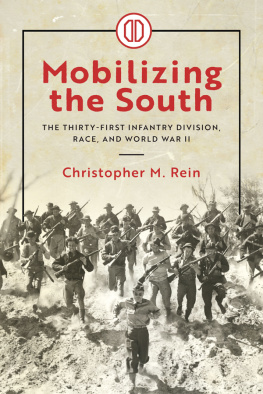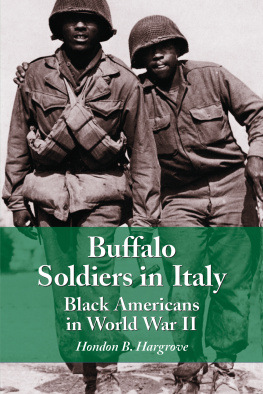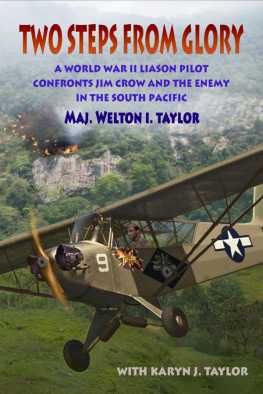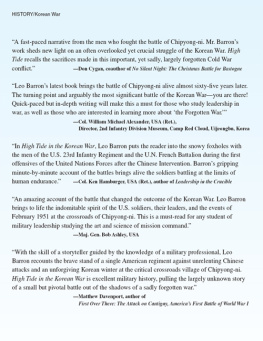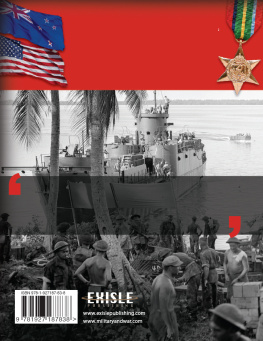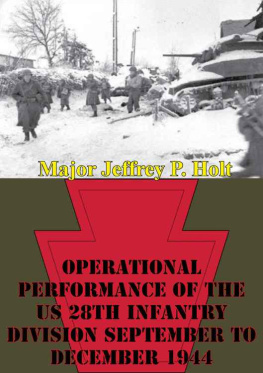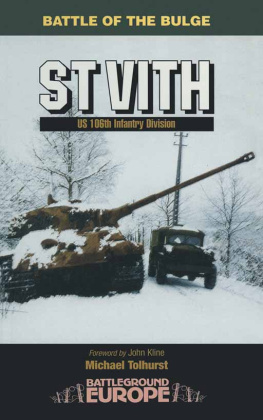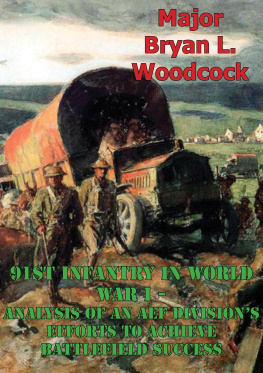Christopher M. Rein - Mobilizing the South: The Thirty-First Infantry Division, Race, and World War II
Here you can read online Christopher M. Rein - Mobilizing the South: The Thirty-First Infantry Division, Race, and World War II full text of the book (entire story) in english for free. Download pdf and epub, get meaning, cover and reviews about this ebook. City: Tuscaloosa, year: 2022, publisher: University Alabama Press, genre: History / Science. Description of the work, (preface) as well as reviews are available. Best literature library LitArk.com created for fans of good reading and offers a wide selection of genres:
Romance novel
Science fiction
Adventure
Detective
Science
History
Home and family
Prose
Art
Politics
Computer
Non-fiction
Religion
Business
Children
Humor
Choose a favorite category and find really read worthwhile books. Enjoy immersion in the world of imagination, feel the emotions of the characters or learn something new for yourself, make an fascinating discovery.
- Book:Mobilizing the South: The Thirty-First Infantry Division, Race, and World War II
- Author:
- Publisher:University Alabama Press
- Genre:
- Year:2022
- City:Tuscaloosa
- Rating:5 / 5
- Favourites:Add to favourites
- Your mark:
Mobilizing the South: The Thirty-First Infantry Division, Race, and World War II: summary, description and annotation
We offer to read an annotation, description, summary or preface (depends on what the author of the book "Mobilizing the South: The Thirty-First Infantry Division, Race, and World War II" wrote himself). If you haven't found the necessary information about the book — write in the comments, we will try to find it.
Chris Reins study of the Thirty-First Infantry Division, known officially as the Dixie Division, illuminates the complexities in mobilizing American reserve units to meet the global emergency during World War II. Citizen soldiers from Alabama, Florida, Louisiana, and Mississippi formed the core of one of the ninety infantry divisions the Army successfully activated, trained, equipped, and deployed to defeat fascism in Europe and race-based imperialism in the Pacific. But the Army mobilized ideas along with manpower, and soldiers from across the Jim Crow South brought their racial ideas and views with them into the ranks and then exported these across the South Pacific. If the American victory in World War II represents a double victory over racism abroad and at home, the divisions service is a cogent reminder that the same powerful force could pull in opposite directions.
While focused on the divisions operational service during the war years, Mobilizing the South: The Thirty-First Infantry Division, Race, and World War II spans the divisions entire service from 1917 to 1967, from an interwar period highlighted by responses to natural disasters and facing down lynch mobs through a postwar service that included protecting activists in the most important struggles of the civil rights era. But the divisions extended service as a training establishment highlights lingering resentments and tensions within the American military system between the active and reserve components. Despite this, the division performed well in General Douglas MacArthurs island-hopping campaign across the South Pacific. Using official records as well as details drawn from correspondence and oral histories, Rein captures how individual soldiers framed their exposure to a larger world, and how service alongside African American, New Guinean, and Filipino units both reinforced and modified views on race and postwar American society.
Christopher M. Rein: author's other books
Who wrote Mobilizing the South: The Thirty-First Infantry Division, Race, and World War II? Find out the surname, the name of the author of the book and a list of all author's works by series.

